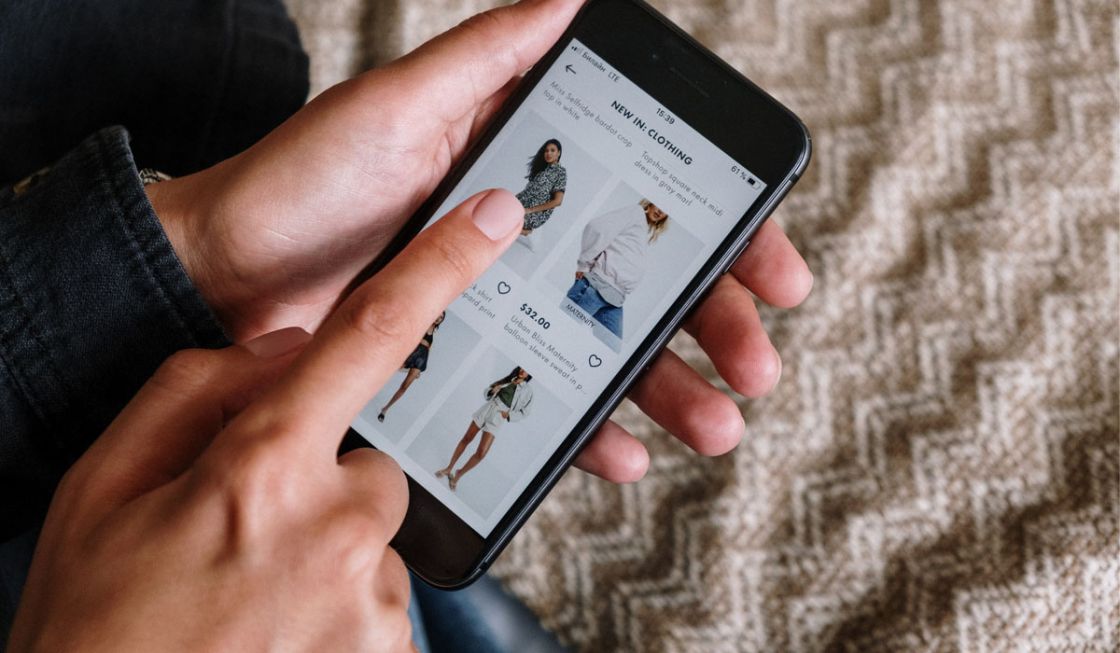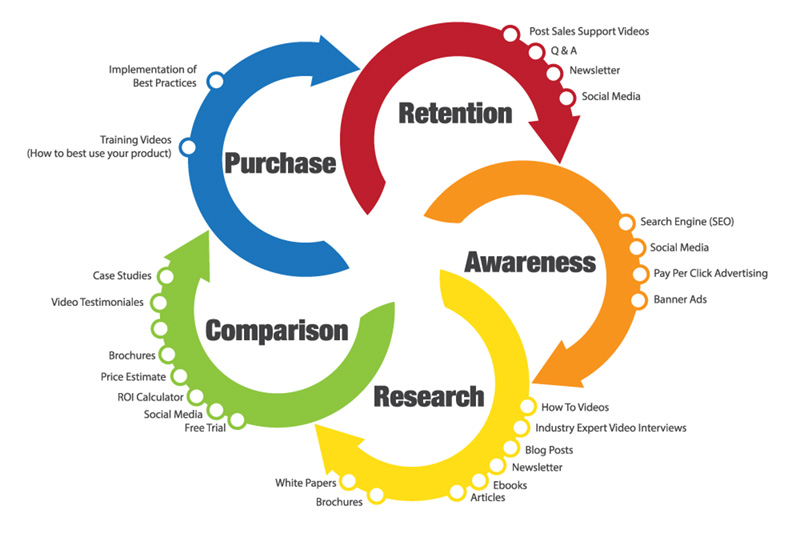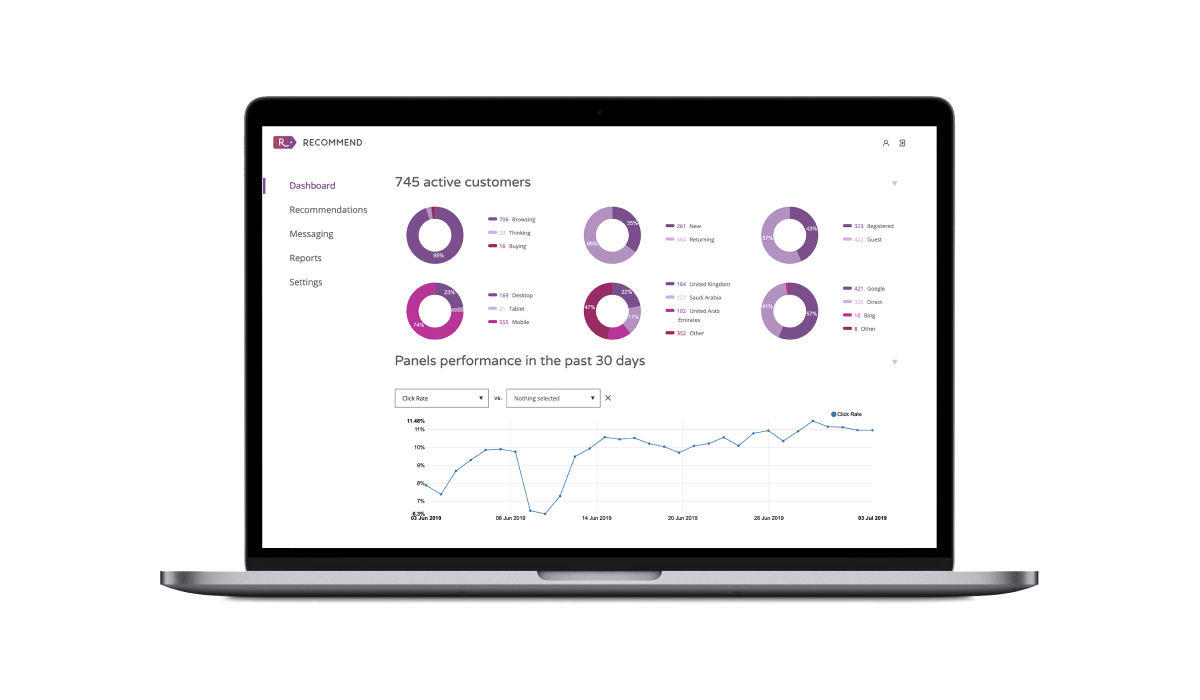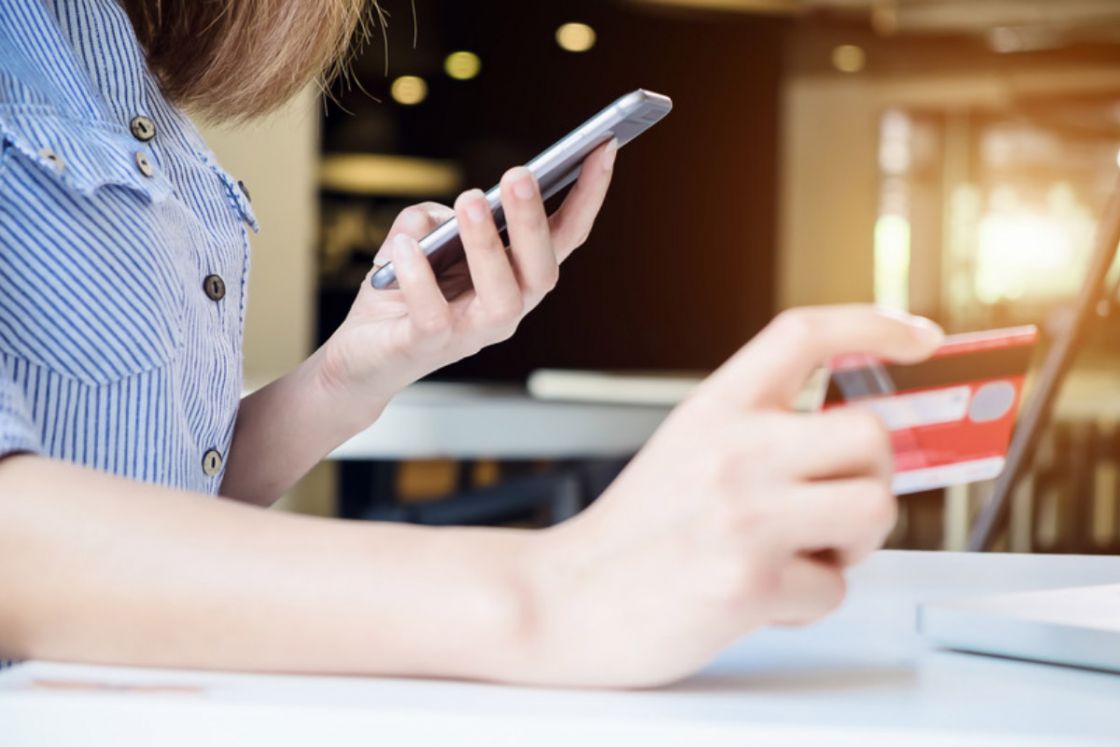Understanding your Buyers’ Journey

Following the buyer’s journey is essential to achieve results for your business –from attracting new users to strengthening the commitment of your current customers. Each stage of the cycle represents a user’s interaction with your brand. Understanding who they are, where they are coming from, and how they react to your marketing activities is critical to improving conversion rate, retention, and increasing revenue.
The purchase or buying cycle is the process a consumer goes through before completing a transaction or purchasing a product. It is a cycle that takes place when a consumer is motivated by a specific need or desire. Once the need is identified, the user researches and evaluates the alternatives, then it makes a decision and completes the purchase. Understanding each of these stages is an integral part of a brand’s strategy.

The different states of the Buyer’s Journey
Awareness
The beginning of the cycle. Here is when the consumer understands that it has a need, and begins to research the alternatives available. It’s also the stage where companies tend to put the most effort into their marketing. It is a combination of brand awareness and early-acquisition.
The first thing you should do is identify your audience. One of the most effective strategies is the creation of buyer personas – fictional representations of your ideal customer that includes their problems, goals and interests. At this level, the content of your website must answer specific questions: “How to”, “When is”, “What is”, “Where can I”, “The best way to”, among others. The goal is to introduce your brand’s personality, inform buyers, and leave them wanting more.
By publishing different types of content on your website and social media, you’ll establish your company as a credible source of information. Improving your organic search engine rankings (SEO) remains one of the most effective ways to build brand awareness and drive potential customers to your website. As soon as potential customers become aware of your brand, they move to the next stage in the journey: consideration.
Consideration
Once the research and evaluation of alternatives are done, the consumer arrives at the consideration stage. At this level, users have pre-selected some options, and it is here that personalisation comes into place. Highlighting the benefits of your brand vs competitors and how your products will solve their specific needs or problems, are critical to retain or lose those potential customers.
At this stage, buyers have not yet made a decision. In fact, they may consider your brand, but perhaps they are not ready to commit or buy. According to a Pardot study, 70% of buyers turn to Google at least two or three times while in the awareness and consideration stage. A robust content marketing strategy and the use of keywords is essential for your brand to appear among the first search results.
While optimising content for search engines (meta tags, landing pages, call-to-action, etc.), brands should also start to connect with potential customers through social media and also paid advertising. According to eConsultancy, 61% of consumers are influenced by peer reviews. Once customers are convinced they need to purchase a solution for their problems — whether your product or your competitors’ — they progress to the next stage: intent.
Intent
The stages of consideration and intent tend to overlap. However, logical, financial and even emotional factors have significant weight on the buyer’s decision to move forward and finally make a decision. Customers who reach the intent stage are ready to buy. Your job now is to persuade them to buy your product. Success here depends more on earning trust with potential customers than educating them.
For product pages, this includes everything from optimising the description and use of keywords to adding reviews and comments from other users. The optimisation of your website must have a solid promotional and social media strategy. Let your product speak for itself: highlight what your product can do that’s better than the rest, why your other customers love it, and why your brand is a sign of quality. Eventually, each customer will be ready to pull the purchase trigger and then progress to the next stage.
Decision
Finally, the time has come to make a decision. This is the penultimate stage in the purchase cycle and the brand must continue reinforcing the message. For instance, the content must be even more specific to highlight the value proposition. This may be your last chance to transform a potential customer into a buyer. By this stage, it’s crucial that your website and email content addresses the concerns of decision-stage buyers with appropriate, more targeted messages. This means optimising your website’s navigation and calls-to-action and your email content to direct them toward relevant bottom-of-the-funnel results.
Purchase
The last stage of the cycle is purchasing. Completing a transaction seems easy, but it is a process that involves multiple variables. Even at this level, the job is not complete. The relationship with the consumer is just beginning. The brand must be with this user throughout the process, making the shopping experience simple, fast and effective. The shopping cart abandonment rate is 70% for online retailers and e-commerce. This means that even at the purchase stage, the consumer may consider abandoning the process entirely. At this stage, optimising the checkout page is essential (to find out how to get the best results, visit this blog post), as well as showing product recommendations and cross and up-selling to increase the order value.
Repurchase / Continuous Purchase
This stage can look a little different, depending on what you’re selling. If the product you sell is perishable or consumable, your customer will most likely be back soon for a reorder. Likewise, if you’re a subscription company, your continuous purchase point will be when a customer’s billing cycle is charged again. This stage can (and ideally will) repeat indefinitely, so it’s where companies frequently find the most significant opportunities for increasing revenue.
Loyalty
What to do once users have completed the purchase cycle? Continue nurturing the relationship with them. The very first thing to do is to email a ‘thank you’ as part of your post-sales communication. Reiterate the top reasons to reaffirm the buyer’s decision and include social proof. Let them know that you’ll be shortly following up with their invoice, support or service contact details, and links to necessary resources. These are excellent opportunities to keep the relationship alive and win a new customer and, maybe, future brand ambassador.
Your social media and customer support are two fundamental channels for maintaining the post-sale relationship. Likewise, the content shared from now on should be more focused on customer retention, brand advocacy, cross-selling, and referrals. Increasing customer retention by just 5% could boost a company’s profits by nearly 100%. A happy customer will recommend you to others, but they’re also more likely to be a repeat customer.
Why the purchase cycles matter?
Because consumers are the heart of your brand and your business. Your actions and your strategy must be focused on responding to the needs of these consumers. Without understanding your audience, no matter how many resources you use, you will end up losing them if your offer is irrelevant. On the flip side, seeing your products through your customers’ eyes and understanding what interests them is the path to a thriving business.
Use a personalisation platform to optimise your marketing efforts.
Maybe you’re getting tons of qualified traffic, but those leads aren’t purchasing. Or, your cart abandonment rate is growing exponentially, showing a problem in your checkout process. Using a personalisation platform like Recommend is essential to understand who your consumers are and what they are looking for.
Beyond increasing conversions, optimising your purchase cycle can keep existing customers choosing your product or service over your competitors’. Increasing retention by just 5% can grow profits by 25% to 95%. This means bringing personalisation to all touchpoints and every stage of the process. Product recommendations, cross-selling to hyper-personalised messages that speak directly to a specific segment of your target audience.
Our platform is powered by artificial intelligence. It collects data from your website visitors to predict patterns and optimise your marketing efforts. Who are your visitors? Where do they come from? What pages do they visit? These are the answers that Recommend can offer you to improve your strategy and obtain better results. Sign up for our free trial or request a demo.

Related Articles

International Womens Day: What to do as a brand
Unlike Valentine’s Day or Black Friday, which are days exclusively dedicated to sales, International Womens Day is a date on which the history of women’s rights is commemorated. Every March 8th, the main cities of the world are the central axis of activities and demonstrations around this date.
Mar 05, 2020

Boost your customers engagement
The difference between customer’s engagement and loyalty is the way your audience perceives and interacts with your brand. Engagement involves any interaction that a user has with your brand from an omnichannel point of view: email marketing, website browsing or social media. Customer loyalty is a step further. It’s about gaining trust from that person […]
Aug 25, 2020

eCommerce trends in 2022: What to expect?
More than two billion people bought goods or services online in the past two years. Ecommerce sales reached almost $5 million worldwide. Likewise, consumer behaviour also changed substantially: In 2021, smartphones accounted for nearly 70% of all visits to retail websites worldwide, although visits to desktops and tablets generated higher conversion rates. In 2020, the […]
Dec 07, 2021